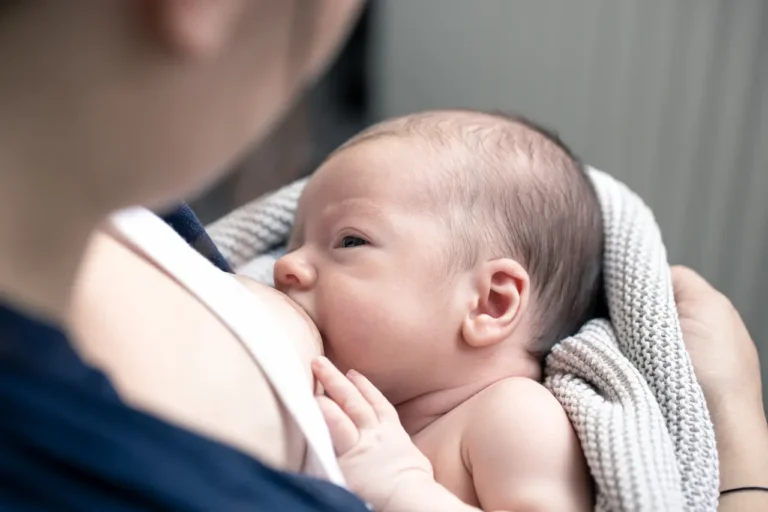Understanding Oral Motor Development
The development of oral-motor skills is a critical part of a child’s growth, starting from birth. This guide provides a detailed progression from birth to 6 1/2 years, allowing NBCOT® exam prep students to understand the step-by-step advancements in oral motor development and self-feeding skills.
Age 0-2 Months: Establishing Fundamentals
In these early months, infants latch onto the nipple and establish a coordinated suck-swallow-breathe pattern. This foundational skill is crucial for their future oral motor milestones.
Age 2-4 Months: Increasing Engagement
Infants begin to engage more during feeding by placing hands on the breast or bottle. This sets the stage for more active self-feeding behaviors.
Age 4-6 Months: Spoon Feeding Starts
As the automatic sucking becomes more voluntary, spoon feeding is introduced. Babies also begin to accept pureed foods and cereals, beginning their journey into diverse textures.
Age 7-9 Months: Advancing to Solids
This period marks an advancement in the child’s ability to feed itself, with skills like lip closure around the spoon and voluntary biting of soft foods such as cookies.
- Can drink from an open cup.
- Begins to use “raking” and “inferior pincer” grasps.
The Neat Pincer Grasp and Self-Feeding
By 10-12 months, children begin to develop the neat pincer grasp, allowing them to pick up small food items and improve finger-feeding skills. This period is crucial for building hand-eye coordination and oral motor development.
Chewing Patterns by Age
Understanding how chewing patterns evolve can help in identifying developmental milestones in children:
- 10-12 months: Rotary chewing begins.
- 18-24 months: Chews with a complete rotary jaw movement.
Oral Motor Milestones in Early Childhood
Between 16 months and 3 years, children refine their oral motor skills:
- 16-18 months: Drinking independently from a cup.
- 2-3 years: Use of tongue for lip cleaning and drinking from a straw.
Oral Motor Occupational Therapy Applications
Utilize insights from oral motor occupational therapy to support children struggling with these milestones. Encouraging weekly task-oriented group activities can significantly benefit skill acquisition. In our full guide, further strategies are illustrated with comprehensive case examples.
Rotary Chew Patterns: A Closer Look
By the age of 4-5, children should display a proficient rotary chew pattern, enabling them to handle more complex textures. Practicing with soft and hard textures under supervision can help solidify these skills.
Late Childhood Skill Refinement: 5-6 1/2 Years
At this stage, children can use utensils effectively, including cutting with a fork and knife, under supervision, marking the final steps in self-feeding skill development.
Want detailed practice tips to ace the NBCOT® exam? Join now for full access!
What are the first oral motor skills developed in newborns?
Newborns first develop the ability to latch onto a nipple and establish a coordinated suck-swallow-breathe pattern. This foundational skill is crucial for future oral motor milestones.
At what age can infants start spoon feeding, and what does this involve?
Infants can typically start spoon feeding between 4-6 months of age. This involves transitioning from automatic sucking to more VOLUNTARY control, allowing them to accept pureed foods and cereals as the introduction to diverse textures begins.
How does the neat pincer grasp develop self-feeding skills in children?
The development of the neat pincer grasp occurs around 10-12 months and allows children to pick up small food items, enhancing finger-feeding skills and improving hand-eye coordination essential for self-feeding.
What are the oral motor milestones for toddlers between 16 months and 3 years?
Between 16-18 months, toddlers can drink independently from a cup. By 2-3 years, they refine the use of their tongue for lip cleaning and can drink from a straw.
How can occupational therapy support oral motor development?
Oral motor occupational therapy can support children by encouraging weekly task-oriented group activities that help those struggling with oral motor milestones. The integration of practical strategies and comprehensive case examples can further aid in skill acquisition.



